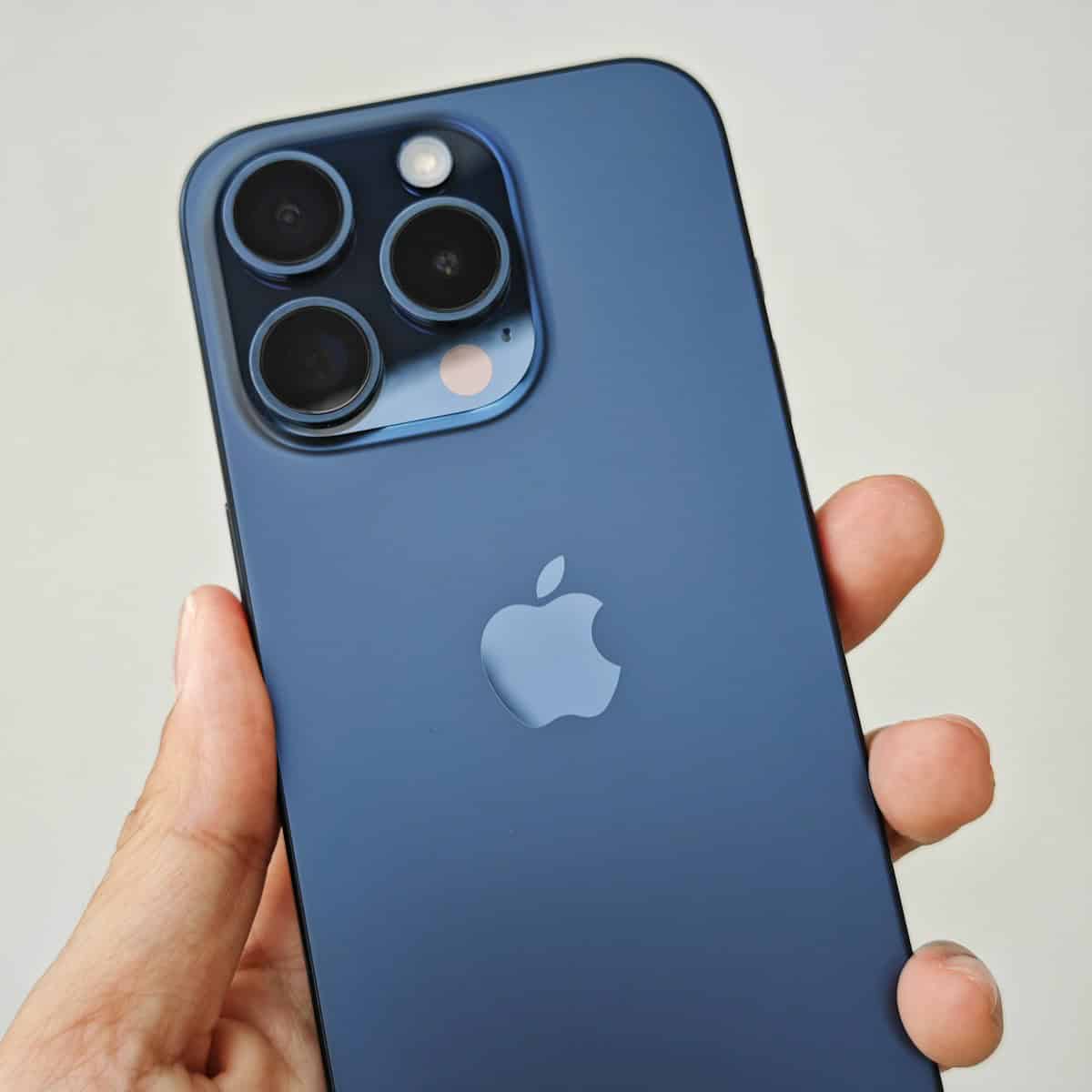An iPhone is a smartphone created by Apple Inc. It combines various functions into one device, including calling, texting, internet browsing, media playback, and running applications. iPhones run on Apple’s proprietary operating system, iOS, which is known for its user-friendly interface and smooth performance.
Over the years the iPhone has not only evolved into one of the most widely used and highly technical devices ever made – but it has also become a cultural icon and Apple’s innovations have re-shaped the smartphone industry. iPhones tend to be on the costlier side of phones but with carrier deals you can usually find one to match your budget (assuming you’re willing to sign a long-term contract).
The iPhone: A Comprehensive Overview
Key Features of an iPhone
iPhones have several distinctive features that set them apart from other smartphones:
- Touchscreen Interface: The primary mode of interaction is through a touch-sensitive screen.
- App Store: A vast marketplace for downloading apps, games, and other software.
- Camera: High-quality cameras for photos and videos, often considered some of the best in the smartphone market.
- Siri: Apple’s voice assistant, capable of responding to commands and answering questions.
- Face ID or Touch ID: Biometric authentication for secure unlocking and payments.
- iCloud: Cloud storage for backing up data and syncing across devices.
Evolution of the iPhone
The iPhone has undergone significant evolution since its initial release in 2007. Each new model brings improvements in processing power, camera capabilities, display technology, and overall design.
The table below shows a brief overview of the major iPhone models released over the years:
| Year | Model | Key Features |
|---|---|---|
| 2007 | iPhone | First generation iPhone with a revolutionary touchscreen interface. |
| 2008 | iPhone 3G | Introduced 3G connectivity and the App Store. |
| 2009 | iPhone 3GS | Improved performance and camera, added video recording. |
| 2010 | iPhone 4 | New design with a Retina display and front-facing camera. |
| 2011 | iPhone 4S | Introduced Siri, improved camera, and faster processor. |
| 2012 | iPhone 5 | Larger screen, thinner design, and faster LTE connectivity. |
| 2013 | iPhone 5S | Introduced Touch ID fingerprint sensor and A7 chip with 64-bit architecture. |
| 2013 | iPhone 5C | Lower-cost model with a plastic body and various color options. |
| 2014 | iPhone 6 and 6 Plus | Significantly larger screens and improved performance. |
| 2015 | iPhone 6S and 6S Plus | Introduced 3D Touch pressure-sensitive display and Live Photos. |
| 2016 | iPhone SE (1st generation) | Smaller, affordable model with iPhone 6S internals. |
| 2016 | iPhone 7 and 7 Plus | Removed headphone jack, improved camera with dual lenses on the Plus model. |
| 2017 | iPhone 8 and 8 Plus | Introduced wireless charging and glass back design. |
| 2017 | iPhone X | Major redesign with edge-to-edge OLED display and Face ID. |
| 2018 | iPhone XR, XS, and XS Max | Introduced multiple models with different screen sizes and features. |
| 2019 | iPhone 11, 11 Pro, and 11 Pro Max | Improved cameras with ultra-wide lens and Night mode. |
| 2020 | iPhone SE (2nd generation) | Affordable model with iPhone 11 internals and Touch ID. |
| 2020 | iPhone 12, 12 Mini, 12 Pro, and 12 Pro Max | Introduced 5G connectivity and new design with flat edges. |
| 2021 | iPhone 13, 13 Mini, 13 Pro, and 13 Pro Max | Improved cameras, longer battery life, and smaller notch. |
| 2022 | iPhone SE (3rd generation) | Affordable model with iPhone 13 internals and Touch ID. |
| 2022 | iPhone 14, 14 Plus, 14 Pro, and 14 Pro Max | Introduced Dynamic Island on Pro models and Emergency SOS via satellite. |
| 2023 | iPhone 15, 15 Plus, 15 Pro, and 15 Pro Max | Introduced USB-C, Action Button on Pro models, and periscope camera on 15 Pro Max. |
What Makes the iPhone Unique?
The iPhone’s unique appeal stems from a combination of factors:
- Hardware and Software Integration: Apple designs both the hardware and software, ensuring a seamless and optimized user experience.
- Ecosystem: The iPhone integrates with other Apple devices and services like Macs, iPads, Apple Watches, AirPods, and iCloud, creating a cohesive ecosystem.
- Design and Build Quality: iPhones are known for their premium design and high-quality materials.
- Innovation: Apple consistently pushes the boundaries of smartphone technology with features like Face ID, ProRes video recording, and the A-series chips.
iPhone Model Overview
Apple’s iPhone line has evolved significantly. This article looks at design, internal hardware, software, and camera capabilities.
Design and User Experience
The latest iPhone models feature sleek designs with color-infused glass backs. This gives the phones a premium look. The 6.1-inch Super Retina XDR display ensures vibrant colors and sharp images.
The Dynamic Island feature offers an innovative way to view notifications. iPhones have moved away from the home button to provide more screen space. The interface is user-friendly and intuitive. The Control Center provides quick access to essential functions.
Hardware Specifications
iPhones are powered by Apple’s latest A-series chip, ensuring fast and efficient performance. Models such as the iPhone 15 come with storage options ranging from 128GB to 1TB. This allows users to choose based on their needs.
Battery life is a key feature. The latest models offer longer usage times. MagSafe technology provides convenient wireless charging. The build quality and materials are top-notch, with anodized aluminum frames for durability.
Software Features
iPhones run on Apple’s iOS operating system. The newest models come with iOS 18, offering enhanced features and improved security. The system is designed to be user-friendly and smooth.
Features like Siri, Face ID, and the App Store provide a robust ecosystem. Regular updates ensure that iPhones stay secure. Users enjoy new functionalities and enhancements over time.
iPhone Camera Capabilities
The iPhone’s camera is one of its standout features. Models like the iPhone 15 have dual cameras: Ultra Wide and Main. These cameras offer excellent photo and video quality.
Night mode and Portrait mode add to the versatility. Users can expect clear, detailed shots in various lighting conditions. The front-facing camera also provides high-quality selfies and video calls.
Combining advanced hardware and software, the iPhone delivers a top-tier photography experience.







